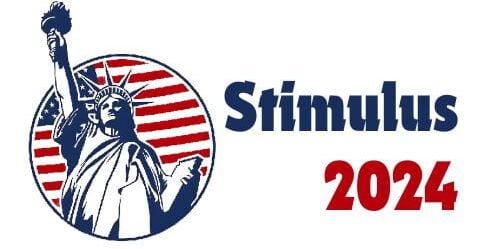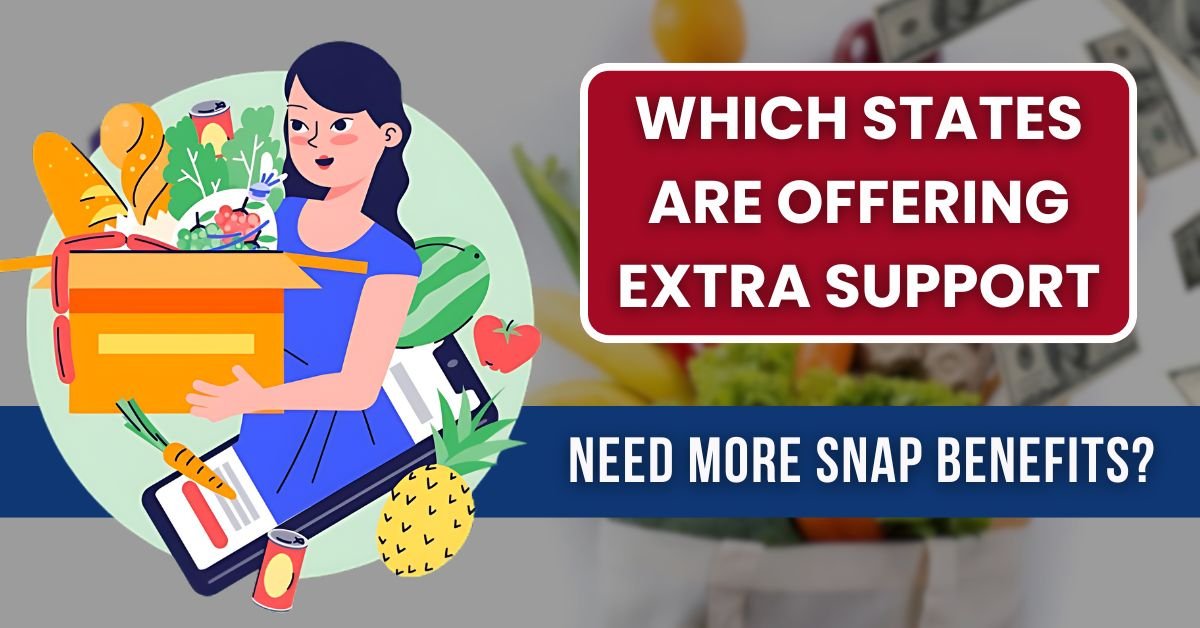The Supplemental Nutrition Assistance Program (SNAP), overseen by the United States Department of Agriculture, helps millions of low-income American households purchase healthy food. Benefits are delivered electronically through an Electronic Benefits (Electronic Benefits Transfer) card, which resembles a debit card and can be used at designated retailers. Benefits are placed onto the card monthly and can only be used to purchase nutritious food items. For November 2024, a budgeted $535 is the standard benefit.
In fact, the monthly payment SNAP offers a family of four can be as high as $1,258. The disparity, however, is significant in Alaska. Urban residents across the nation get the same benefits but rural families can receive between $1,604 and $1,953 per month, based on which rural area they live in.
The allocation ranges from $3,076 for houses of seven or eight members in rural areas to $3,516 for larger rural households. For households the size of this, the national average is $1,982 to $2,265.
Also Read: 2025 Social Security Taxable Maximum Changes: What You Need to Know
How much is the additional SNAP payment?

Amounts for additional members above the standard allotment vary. On the other hand, an extra member costs $283 in urban areas of Alaska, compared with $220 elsewhere in the country. For rural 1, this amount is $361 in rural areas and for rural 2, this is $440 in rural areas.
The minimum SNAP benefit for a household of one or two people throughout the rest of the country is $23, whereas in Alaska, a household of one or two rural 1 people receives $30 in urban areas, $39 in rural 1, and $47 in rural 2.
Conclusion
Finally, SNAP is still an indispensable resource for families living in poverty in the United States, allowing them to access nutritious food. Benefits are standardized nationwide, but high-cost areas like rural Alaska receive adjustments for the unique situations of such areas in order to help families in such areas.
These are additional benefits that vary greatly by household size and location, reflecting the USDA’s commitment to meet the range of needs of recipients. In part due to the ever-rising cost of living, especially in rural areas, the SNAP targeted approach provides a bridge where it is needed most while offering those in need more.
Also Read: Receive Up to Five SSI and Social Security Payments Before 2025: Here’s How!
FAQs
Q. What is the Supplemental Nutrition Assistance Program (SNAP)?
A. The Supplemental Nutrition Assistance Program (SNAP for USDA) is a federal aid program that helps low-income American households purchase nutritious food. These benefits are provided in the form of an electronic benefit transfer (EBT) card identifying eligible food items, usable at specified retail outlets.
Q. How much can a family of four receive in SNAP benefits?
A. A family of four who qualifies for SNAP can receive a maximum SNAP benefit of up to $1,258 in November 2024. But the amount may vary for households of different sizes and locations, especially in high-cost areas like Alaska.
Q. Are SNAP benefits the same across all states?
A. SNAP benefits are standardized across the country but get tweaked for high-cost areas, like rural Alaska, where the cost of living is higher and families get more benefits. It makes the program serve the special needs of individuals in varying locations.
Q. What is the minimum SNAP benefit for households?
A. Outside the state, the minimum SNAP benefit is $23 for a household of one or two people. In Alaska, the minimum amount of benefit depends on location: urban areas of $30, rural areas of $39, and rural areas of $47.
Q. How are additional SNAP payments determined?
A. Households get additional SNAP payments based on household size and where they live. For instance, an extra member in an urban area of Alaska would cost $283, while the same extra member elsewhere in the country would be $220. Rural 1 and rural 2 in rural areas cost $361 and $440, respectively.

